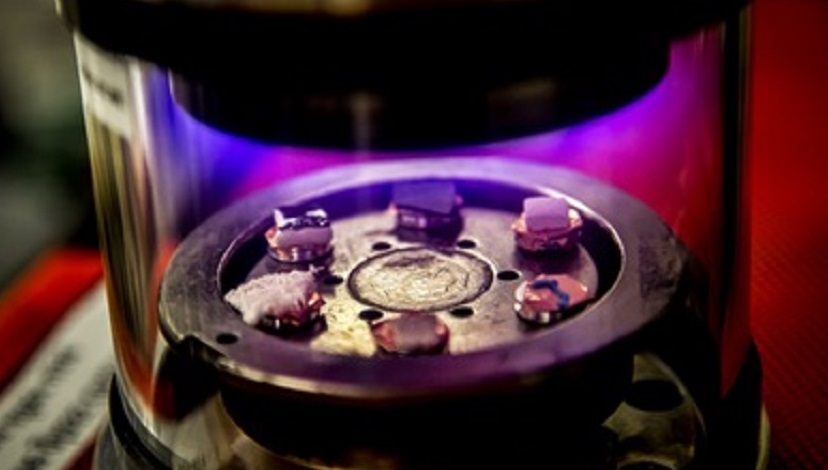Sputter coating is the core thin film deposition process in the semiconductor, disk drive, CD and optics industries today.
When a suitable gas (usually argon) and a target material (usually metals) are used to form a glow discharge between the cathode and the anode, the sputtering target is bombarded to cause the atoms to be ejected from the target material——the process is referred to as “sputtering”; the atoms of the sputtering target will be deposited on a substrate, such as a silicon wafer, solar panel or optical device, and this process is known as sputter deposition.
Sputter deposition, as a relatively common physical vapor deposition (PVD) method, has its advantages, such as a wide range of deposition materials and high coating quality.
The table below details the advantages and disadvantages of sputter coating. It is provided by Stanford Advanced Materials and is for informational purposes only.
| Advantages | Disadvantages |
| (1) Able to deposit a wide variety of metals, insulators, alloys and composites.
(2) Replication of target composition in the deposited films. (3) Capable of in-situ cleaning prior to film deposition by reversing the potential on the electrodes . (4) Better film quality and step coverage than evaporation. (5) This is partly because adatoms are more energetic, and film is ‘densified’ by in-situ ion bombardment, and it is easier to heat up to high T than evaporation that is in vacuum. (6) More reproducible deposition control – same deposition rate for same process parameters (not true for evaporation), so easy film thickness control via time. (7) Can use large area targets for uniform thickness over large substrates. (8) Sufficient target material for many depositions. (9) No x-ray damage. |
(1) Substrate damage due to ion bombardment or UV generated by plasma.
(2) Higher pressures 1 –100 mtorr ( < 10-5 torr in evaporation), more contaminations unless using ultra clean gasses and ultra clean targets. (3) Deposition rate of some materials quite low. (4) Some materials (e.g., organics) degrade due to ionic bombardment. (5) Most of the energy incident on the target becomes heat, which must be removed. |
For more information, please visit https://www.sputtertargets.net/sputtering-target-materials.html.

